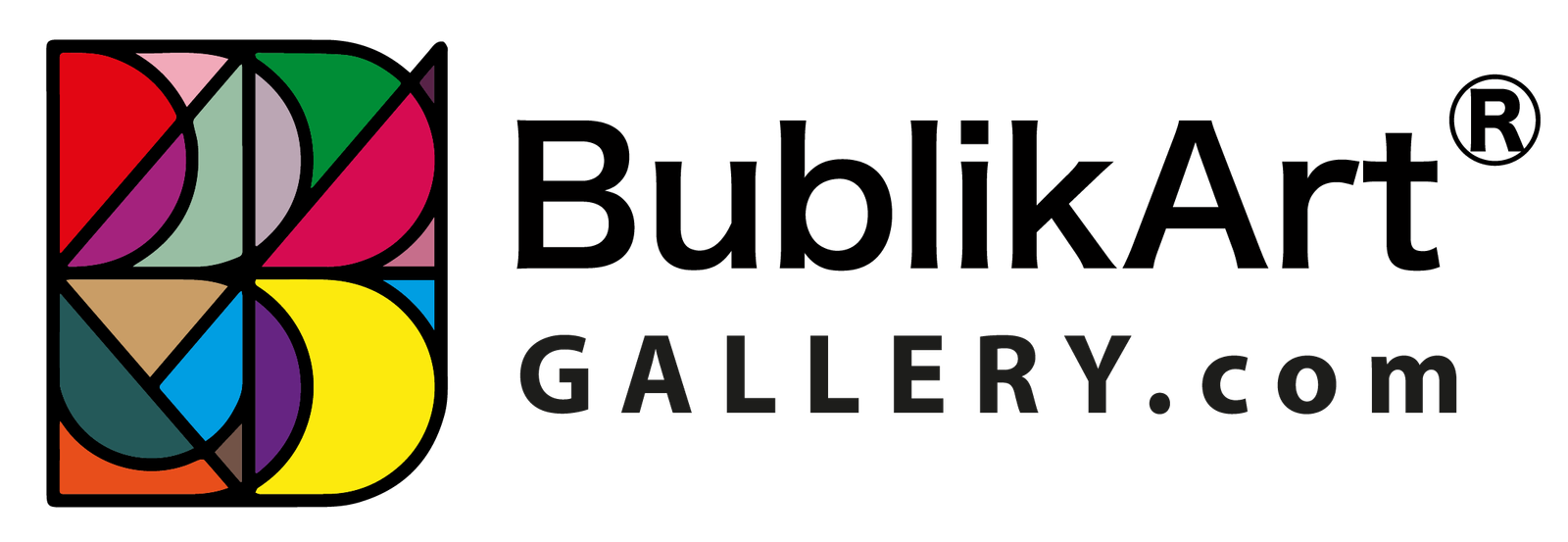Anyone empathetic toward canines will feel contagious joy walking through Emilie Gossiaux’s exhibition at Norway’s Kunsthall Trondheim. Before you even enter, you notice Kongs—those rounded rubber cones dogs shove their tongues into, slowing their devouring of peanut butter, turning it into a game. And you never stop noticing the Kongs as you traverse the Kunsthall’s two floors. There are over 100 ceramic Kongs here, all handmade by Gossiaux. They are painted in almost every color—safety orange, metallic gold, deep purple—and are highly visible against the concrete floor, the omnipresent Norwegian gray.
Gossiaux made this show, titled “Kinship,” as an homage to her guide dog London, who recently retired after over a decade of caring for the artist. Now Gossiaux, who is blind, is dedicated to taking care of London. The result is her best exhibition to date. At a recent talk at New York’s Canal Projects, the artist described the exhibition by saying that she wanted to create a “wet dream” for London, a “pleasure palace.”
Emilie Louise Gossiaux: Fingers and Tongue (2023).
Photo: Torstein Olav Eriksen/Kunsthall Trondheim. Courtesy Emilie Louise Gossiaux.
“Kinship” celebrates this beautiful interdependence between girl and dog. It also asks you to embrace your inner animal. You follow the Kongs as if sniffing a trail that leads first to the elevator, then downstairs, where Kongs rest on low plinths painted the same green as the astroturf that appears in dog parks. On the building’s stepped seating, Gossiaux has placed dog beds alongside the plush pillows that typically reside there. There are also drawings, hung low enough for a pup to peep at them; some are even drawn from a dog’s eye view. If you are ambulatory and of average height, this low hang might seem surprising or strange. If you are more used to navigating a world not built for you, you’ll recognize the gesture of accommodation.

Emilie Louise Gossiaux: Good Morning, 2024.
Photo: Torstein Olav Eriksen/Kunsthall Trondheim. Courtesy Emilie Louise Gossiaux.
The drawings focus on moments of reciprocal care. One shows a naked Gossiaux, her skin close in tone to her yellow lab’s fur, crouching down to hug her dog. She is getting down on London’s level here, and throughout the show asking her viewer to do the same. The drawings are done in ballpoint pen and crayon, with an impressive economy of line: in a picture of London licking Gossiaux’s forehead, a single curve implies that the artist is in bed, still lying beneath the sheets. The work is tender and sweet, yet not at all sappy or cliché—a tricky balance to strike.

View of the exhibition “Emilie Louise Gossiaux: Kinship,” 2024, at Kunsthall Trondheim.
Photo: Torstein Olav Eriksen/Kunsthall Trondheim. Courtesy Emilie Louise Gossiaux.
This is a show about pleasure and joy, but in a defiant way, not a naïve one. For it is a reminder of this basic truth of disability: that when life circumstances demand that we adapt, we can rise to the challenge and create beautiful new things in the process. After all, so many of the norms that make disability so inconvenient—font sizes, the height at which a drawing is hung—are utterly arbitrary, and so can be reinvented.
And then there are images of London in the afterlife—which is what follows retirement, eventually. Gossiaux draws her with wings, like a butterfly or an angel, floating toward the sun. In small sculptures, London and her person combine to form one superbeing that has a dog head, a humanoid body, and six nipples. Another sculpture show London licking a disembodied human hand. This is joined by the same in reverse: a human tongue licking her paw. These works evoke the votive sculptures of ancient Egypt, where animals garnered more reverence than they do now, were seen as perhaps incantations of gods.




